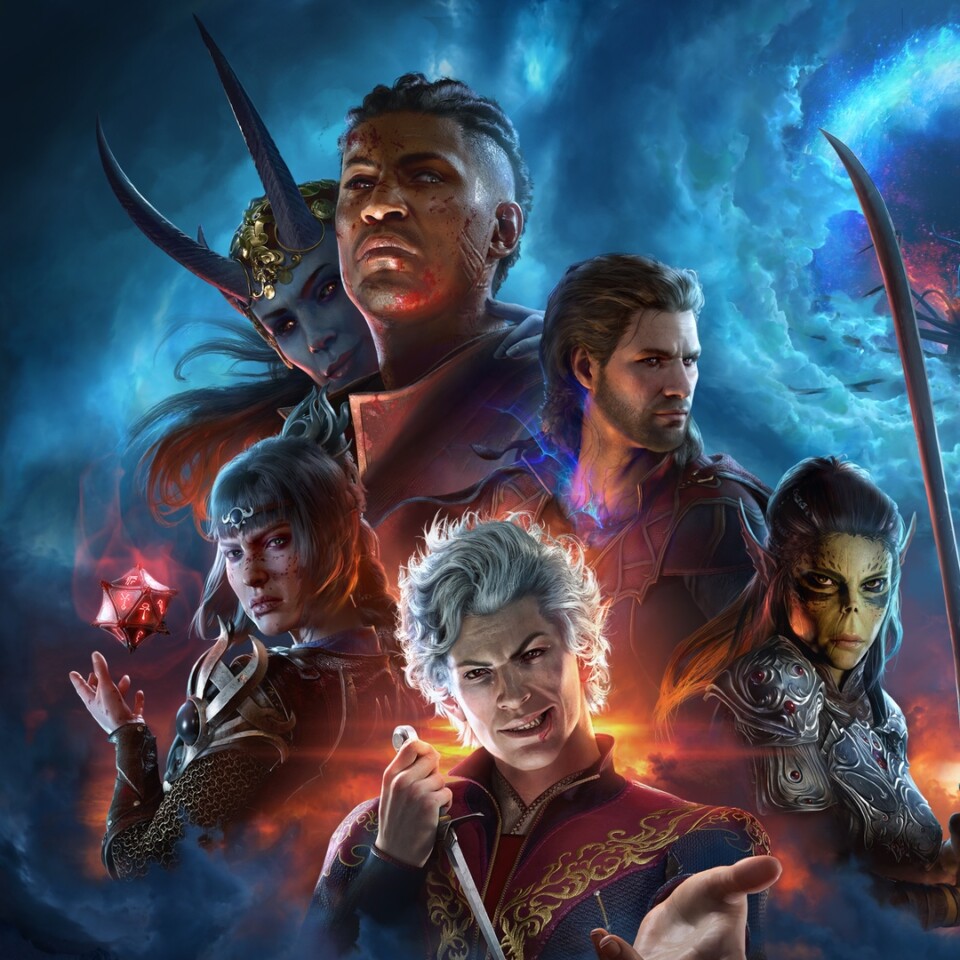Must you gather every map icon before venturing forth?
Warning: This ramble contains one very minor spoiler of early-stage Baldur’s Gate 3
… and would the good lady permit a rendition of Old Time Battles? Or perhaps The Queen’s High Seas? I didn’t know from the beginning that I wanted to do a bard run through Baldur’s Gate 3. This, as for so many things in my still-incomplete play-through, was borne of necessity. Because I wasn’t happy to outsource my speechcraft to a narcissist who, wholly uninvited, liked to inflict what could be characterised as extreme love bites in the middle of the night.
The best bit of any RPG is the character creation, and, joyfully, BG3 lets you re-customise not only your main character, but your entire squad, for a meagre amount of gold, as and when you see fit. This I have kept to a bare minimum on my first run-through, but I’m intending to go nuts in playthrough two. Although I’m thinking of binning off the pre-rolled characters in favour of hired mercs, likely a band of dwarf fighters and druids, who I can hire from a chap in camp who looks like he was just exhumed from the Valley of Kings.
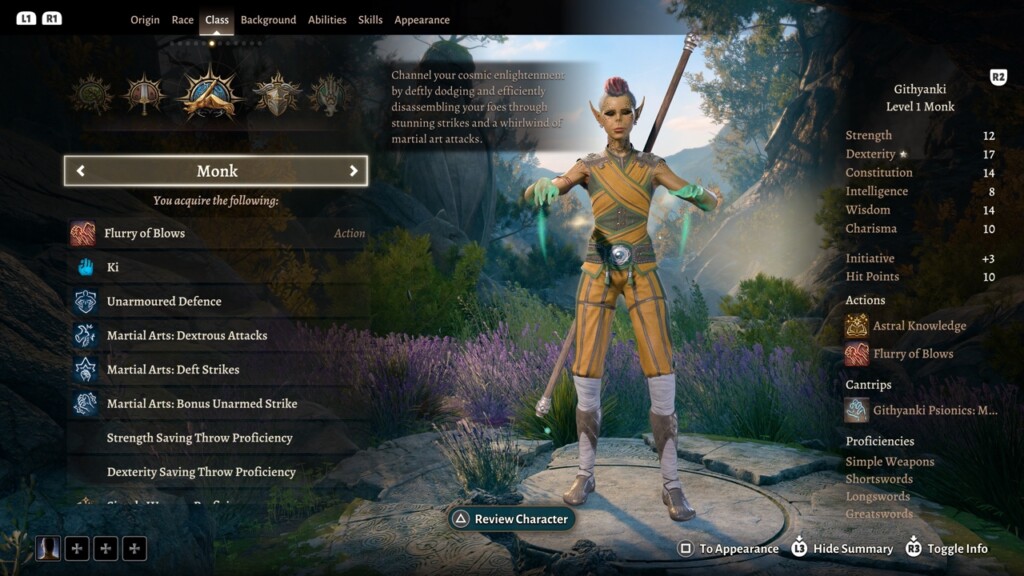
Finely-honed fondle-berries
I don’t even remember my original build. Some form of spell-caster, I think. There was a waif-like monk on an aborted play-through in November. But it was Christmas when I rolled my David Bowie-inspired Drow, complete with heterochromatic differently-coloured irises. (Although in Bowie, that’s a misconception – he had differently-sized pupils.) A drow, I should probably explain, is Dungeons and Dragons’ take on the dark elf archetype. For this is a Dungeons and Dragons-powered game, complete with on-screen D20 checks for everything under the sun, down to whether or not you slip on a greasy floor.
My bard favours a lyre, perfect for doling out bardic inspiration when battle commences. Although to be fair, you can crack out a tune any time you see fit. Wonderfully, you can chime in with other bards you encounter in the world, attracting nearby NPCs like wasps to a jam jar (again, providing your dice rolls are successful). It wasn’t until act three that I twigged I should have been using this skill as a distraction the whole time. Although frustrating to realise that so late, it was also a beautiful moment: BG3, you see, is a game of problems to solve. But not like a one-solution game like The Witness. You can solve Baldur’s Gate 3’s quandaries any number of ways – and, most importantly, your way.
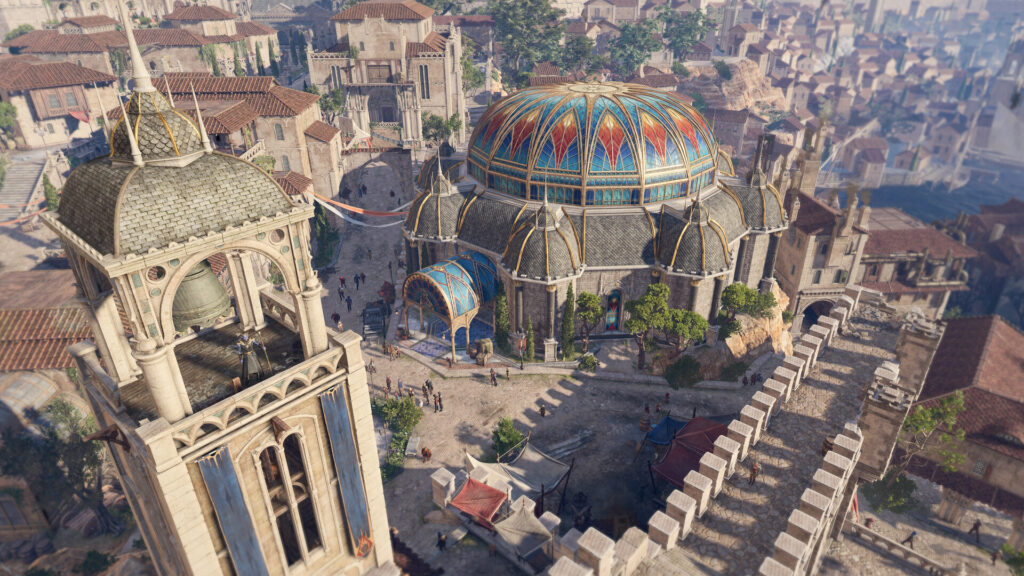
Ah, I get it now
I had to do some Googling to realise not to Google my Baldur’s Gate 3 problems. It was these Googlings that introduced me to the term scumming, the practice of twitch quick-saving if something doesn’t go perfectly to plan. It was scumming that saw me through my zero-kill Dishonored run-through, and Skyrim master lock-pickings without burning my tool stash.
There are a couple of reasons why this is not the way. The first is that chance is fundamental to the D&D experience. BG3 is not a game to perfect but a story to unfold. There’s always another notional playthrough to achieve other things, even if that playthrough never happens.
The second reason is about freedom, or the illusion of it. I recall this debate with a housemate when Knights of The Old Republic came out for Xbox. My carefree attitude triggered their completionist tendencies. I can be as completionist as the next nerd when a game grabs me that way, but sometimes there’s escapist joy in not pushing a game to its outer edges. Worlds can seem realer. Take the Citadel in Mass Effect. It’s a wonderful location, but it becomes sterile and inert when its many side quests are complete. The once-rich NPCs become cardboard cutouts. This, I put it to you, is not the way to play Baldur’s Gate 3.
But mid act two, I started to notice the fun fading away. This was fun, I should add, that I hadn’t felt in a game in years. Probably since Hollow Knight now I think of it. I was making two mistakes. Googling solutions to problems was one. Playing the quest list was the other. Chimping the quest list made me feel I must do such-and-such. But what if I didn’t know what to do. Off to Google I would go. And before I knew it, the game had become work. FOMO had taken hold and it was ruining my life. (My alternative life in the Forgotten Realms, that is.)
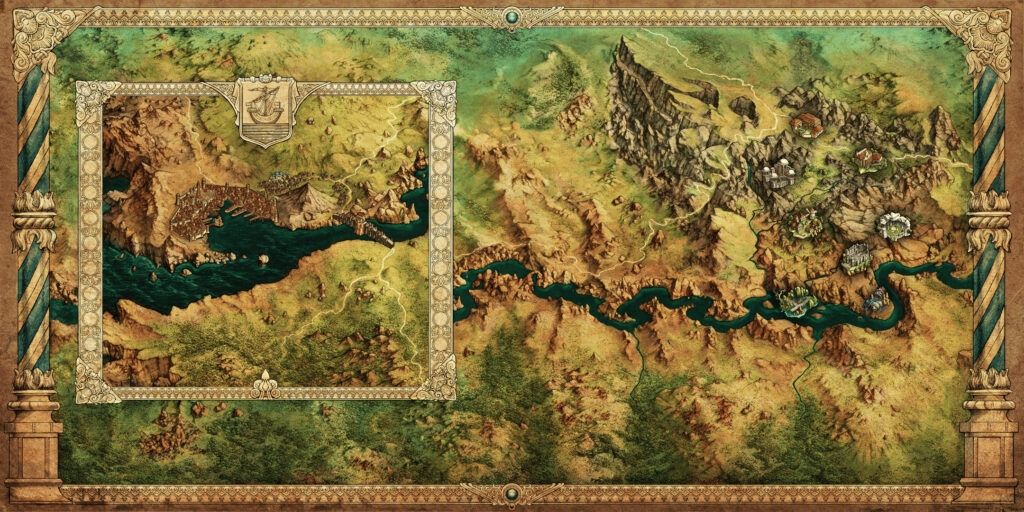
You can’t beat a good map
These days I’m not a fan of playing to the map. Ubisoft put paid to that, as far back as Assassin’s Creed 2. Now that was a game that triggered my completionism, but I had to force myself to notice that collecting feathers after the main story was done was no longer fun. Funny, isn’t it? That stuff feels like it has a bearing on the playthrough. It might unlock loot or abilities that make you more powerful for the end boss. Or look more dapper roaming the streets of Rome (AC II), Kakariko Village (Breath of the Wild), or San Francisco (Watch Dogs 2). But come main questline completion, that stuff feels empty.
That’s probably why gamers defer the main story. I’m sure it’s better to blitz the main quest then keep going for as long as the game feels fun. I never do, though, of course. A nod, though, to Breath of the Wild and Mass Effect 2, where the divine beast and squad-char quests respectively meaningfully add to the experience as well as making the end-game easier. It’s no coincidence that those are among the best games of all time.
But most games resort to grind to embiggen your character. There’s a much easier way: easy mode. We should trust developers to cater to the main-quest audience: games must be completable without finding all the things. It’s more rewarding to master the core mechanics – it’s what makes your Hollow Knights, your Celestes and your Bloodbornes so much fun, though I confess to being too much of a wimp for the last of those.
Mercifully, the map in Baldur’s Gate 3 is no mere geographically-visualised to-do list. It has a few points of interest and quest markers, but beyond that, it’s an actual map: a way to get your bearings in the world. Using it as an aid to simply navigate to places you haven’t been to yet is its most useful and happy function. It took me till the third act to realise I could trust the game to resolve quests merely through exploration. The game locations are big, but not too big. It’s not open-world in the contemporary sense, and it’s all the better for that.
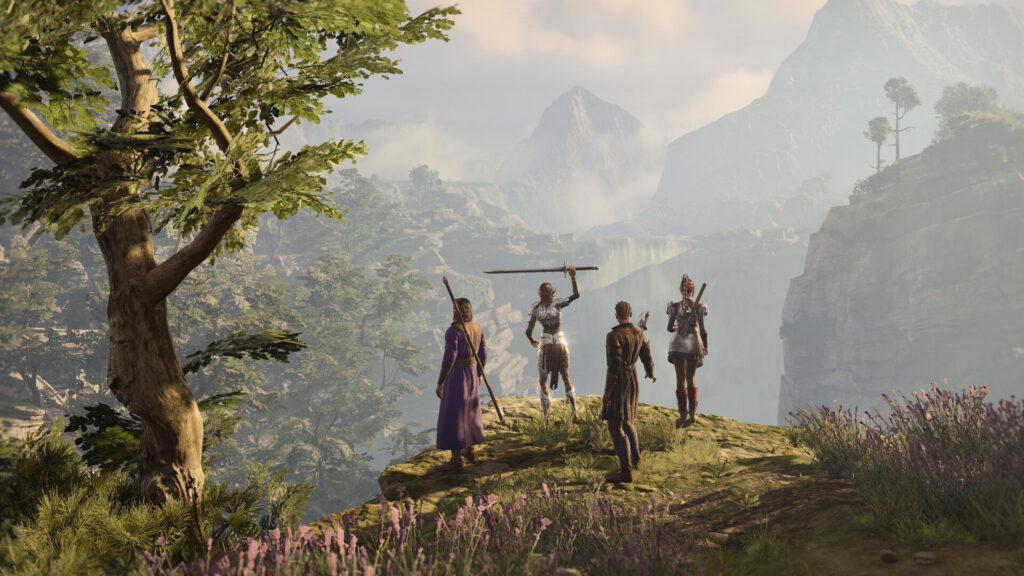
F*** FOMO
It could be frustrating, for a moment, to miss an optimal conversation choice because I wasn’t paying attention to some storylines enough to internalise the names. But then I reconsider: if I didn’t internalise it, I didn’t care about that particular storyline in the first place. Playing a save-the-world hero has long been a tired trope. Much more interesting to just be an agent in a world that does good things – or bad, if that’s your thing. In fact now that I think about it I’m wondering if it’s possible to see the whole game without finishing a single quest. I guess not, but it’s testament to the game that it even feels like a possibility.
And this, I suppose, is where I should get to my main point. Baldur’s Gate 3 is one of the best games – and probably the best RPG – since Mass Effect 2 (and I count both BG3 and ME2 as better than Skyrim). But to enjoy it to get the most out of it you have to overcome the FOMO. Trust the game. There’s another way to solve any problem. There’s another storyline around the corner. Play it as a true roleplay game, not as a video game – at least not in the way we’ve grown used to.
The best thing I can say about Baldur’s Gate 3 is that, at least for now, it seems to have changed my approach to games. Not only am I planning my next BG3 play-through, I’m thinking of how I’ll play my long-delayed Mass Effect Legendary Edition run. Or how I should revisit Cocoon, Stray, Eastshade, and The Forgotten City: games I know reap rewards if you stick with them, but which I bounced off in favour of games with instant gratification. (Thanks for nothing, subscription models.) As someone who has more than once Googled “how come games are boring now?” for reasons of catharsis, it’s no stretch to say Baldur’s Gate 3 has reminded me why I loved games in the first place. It’s really that good.
